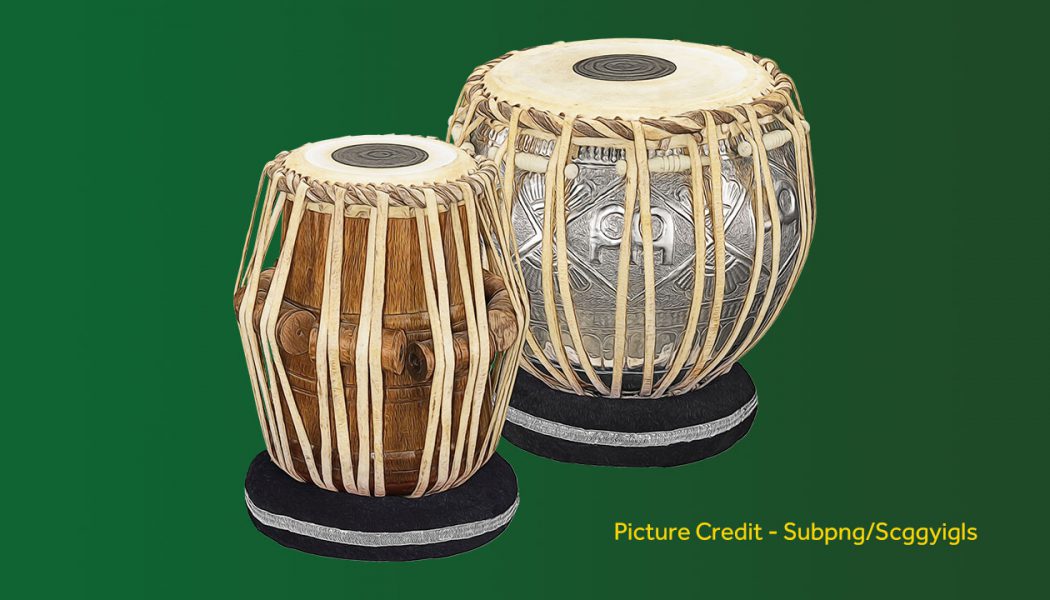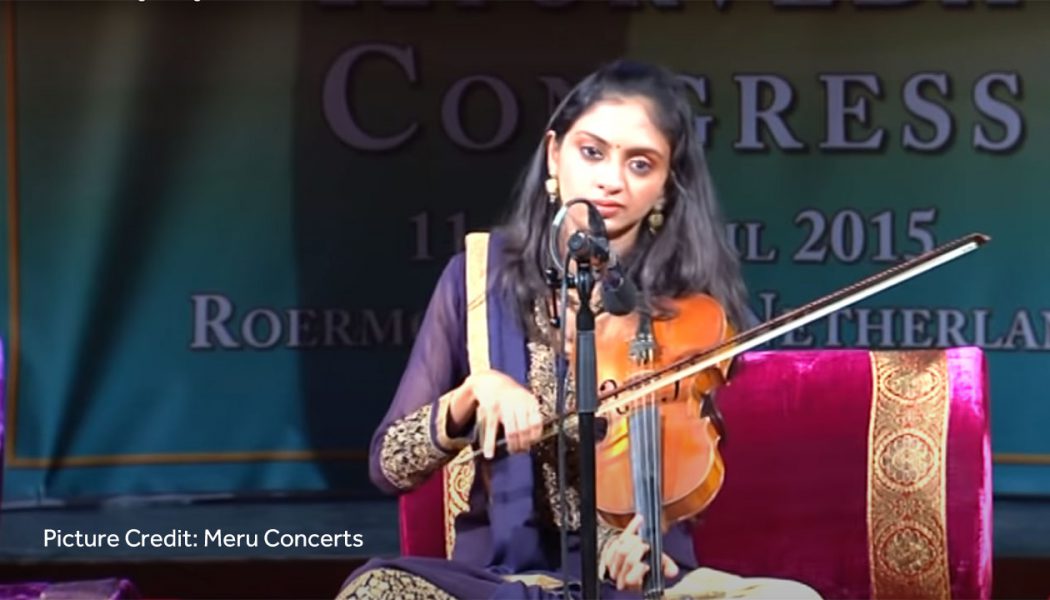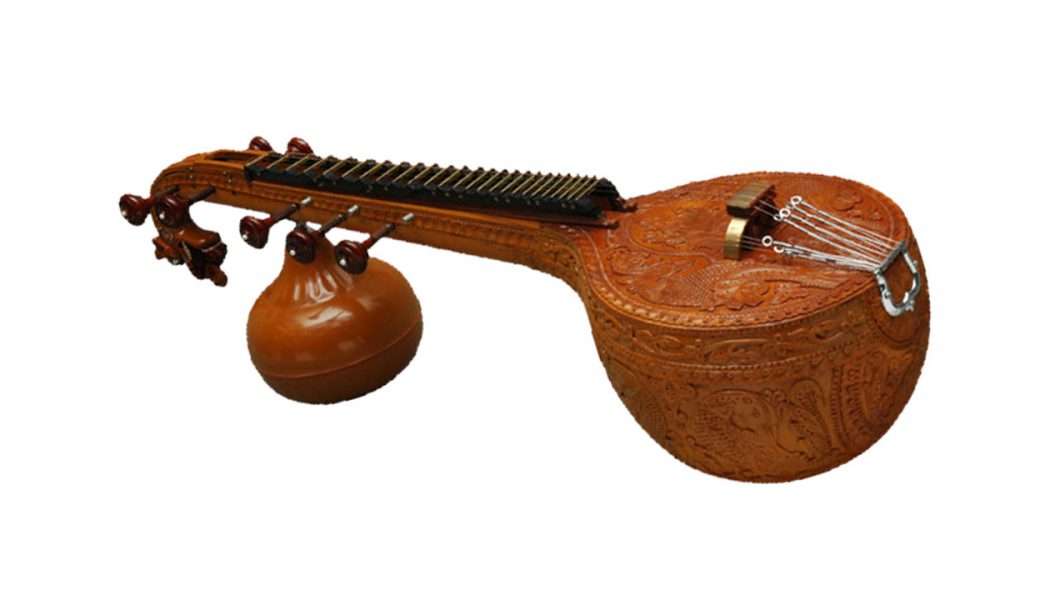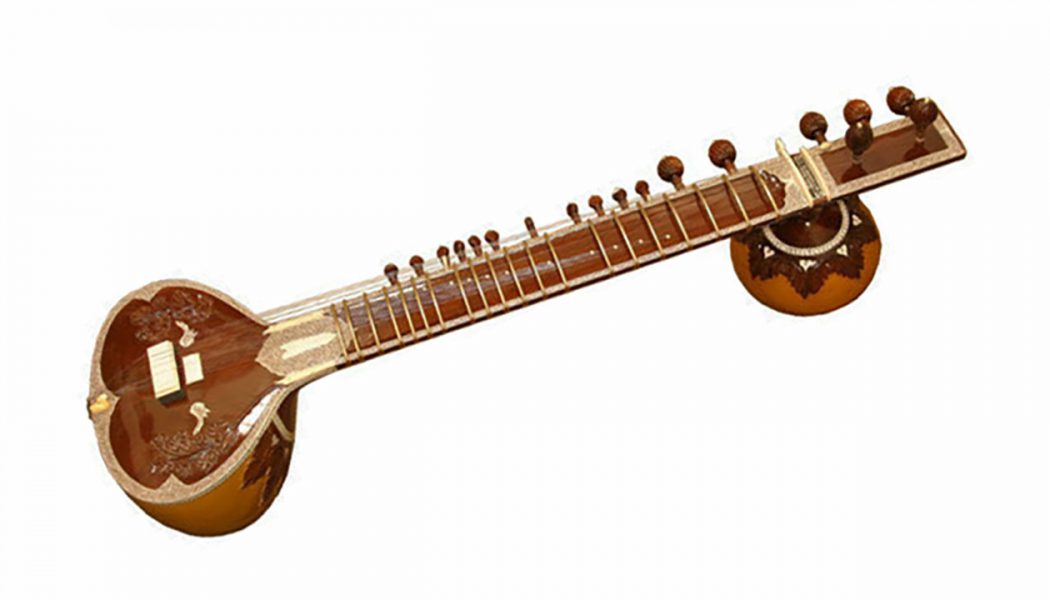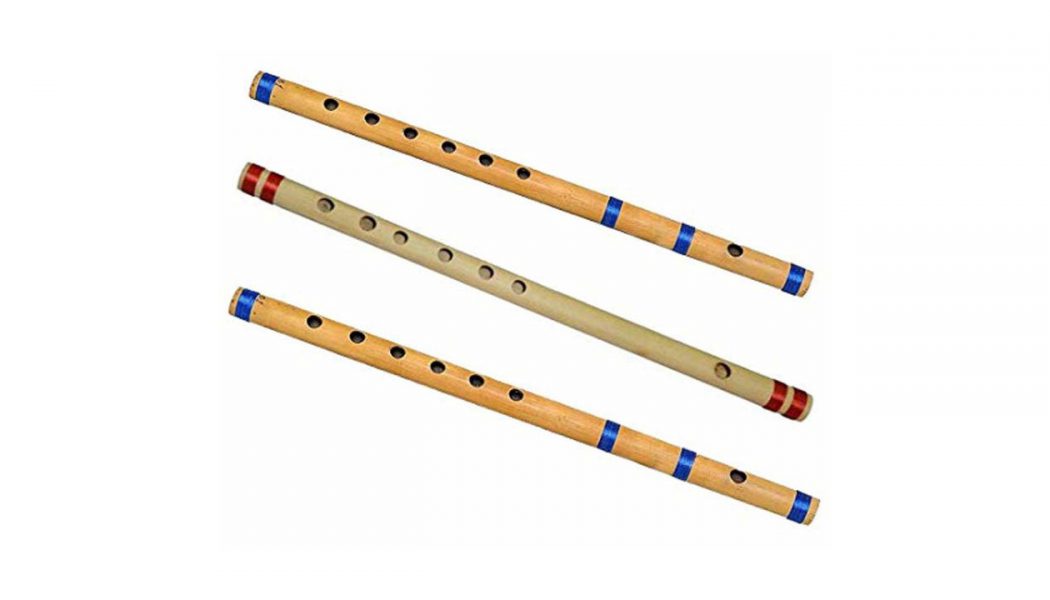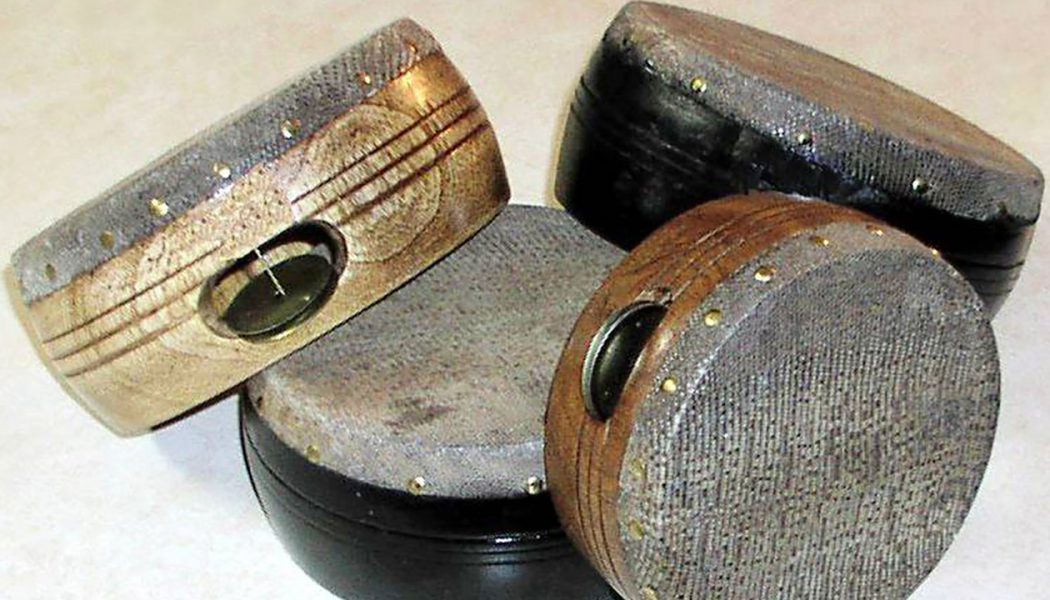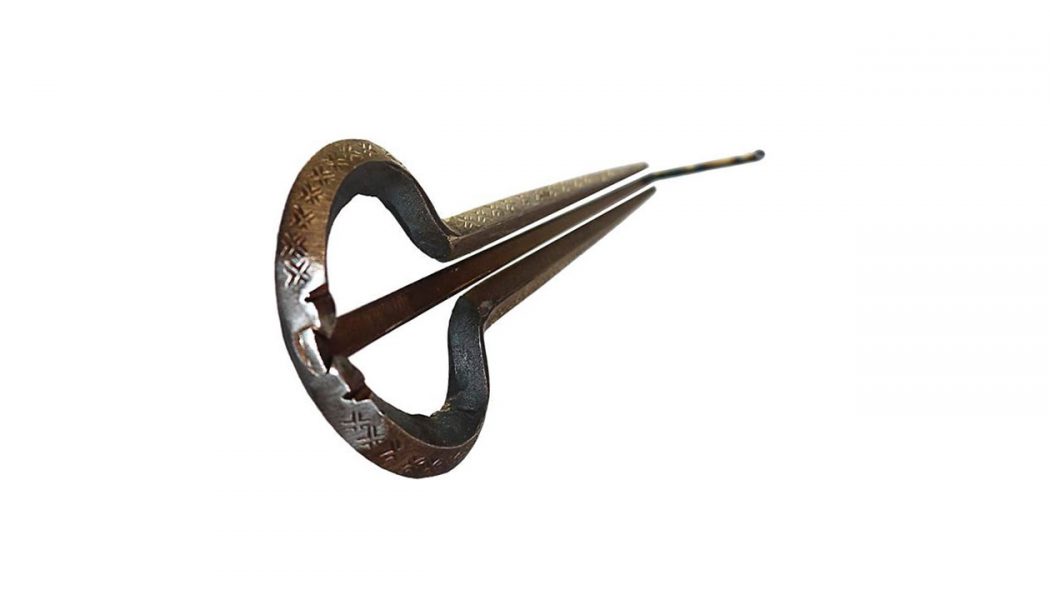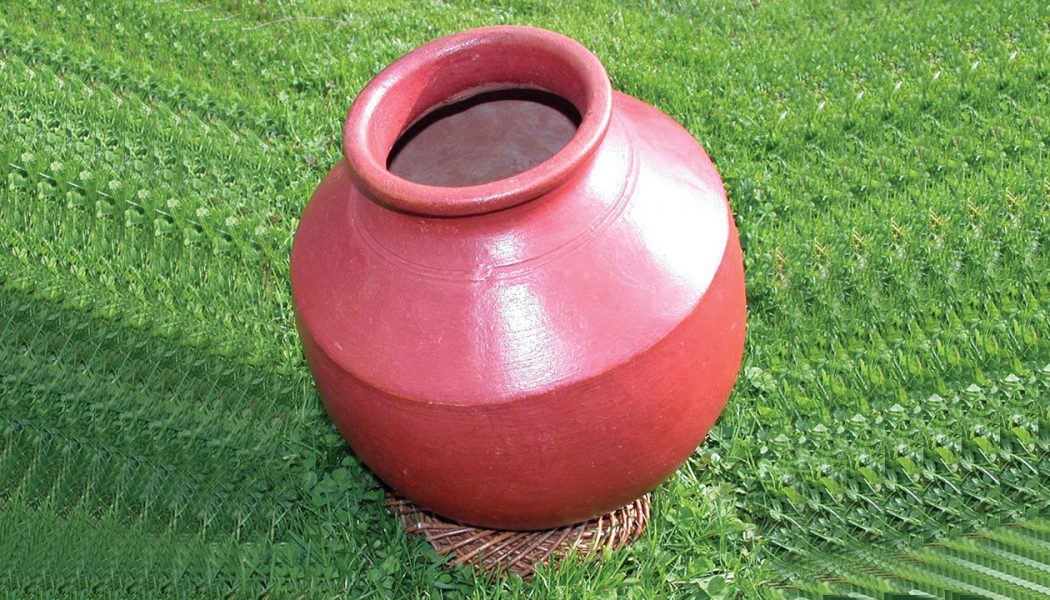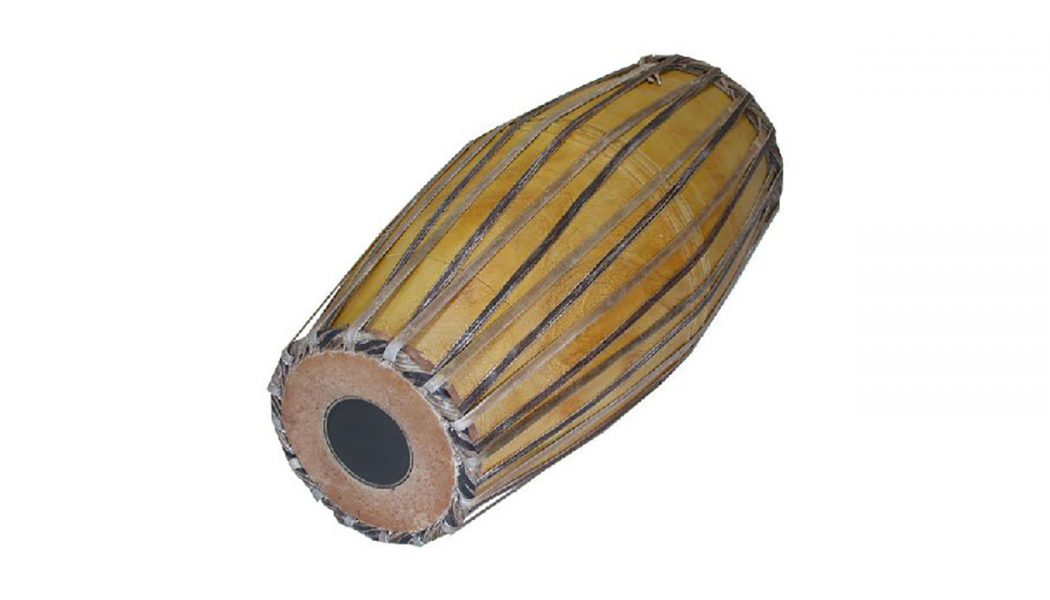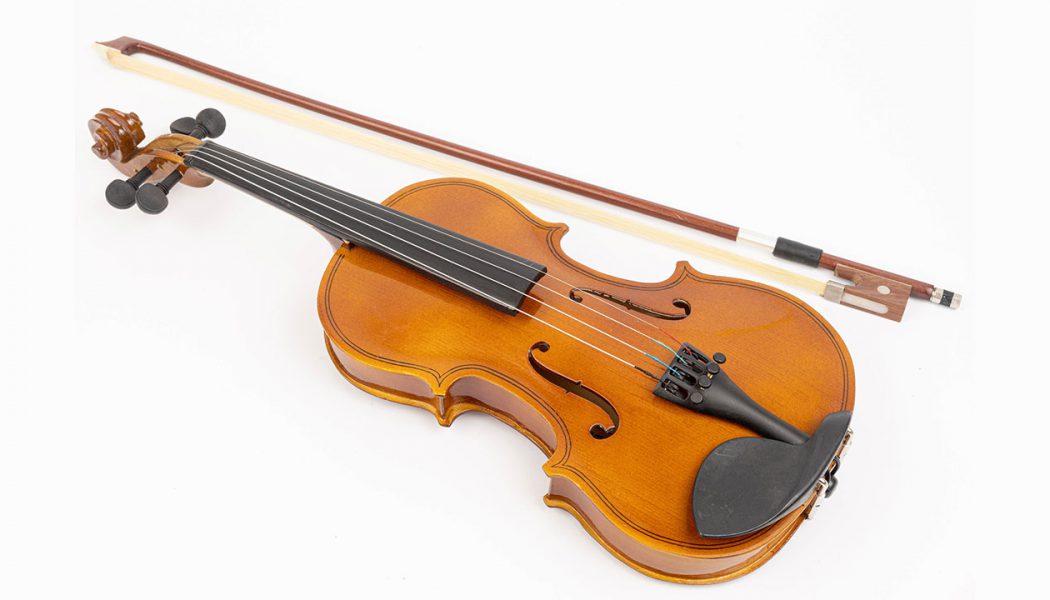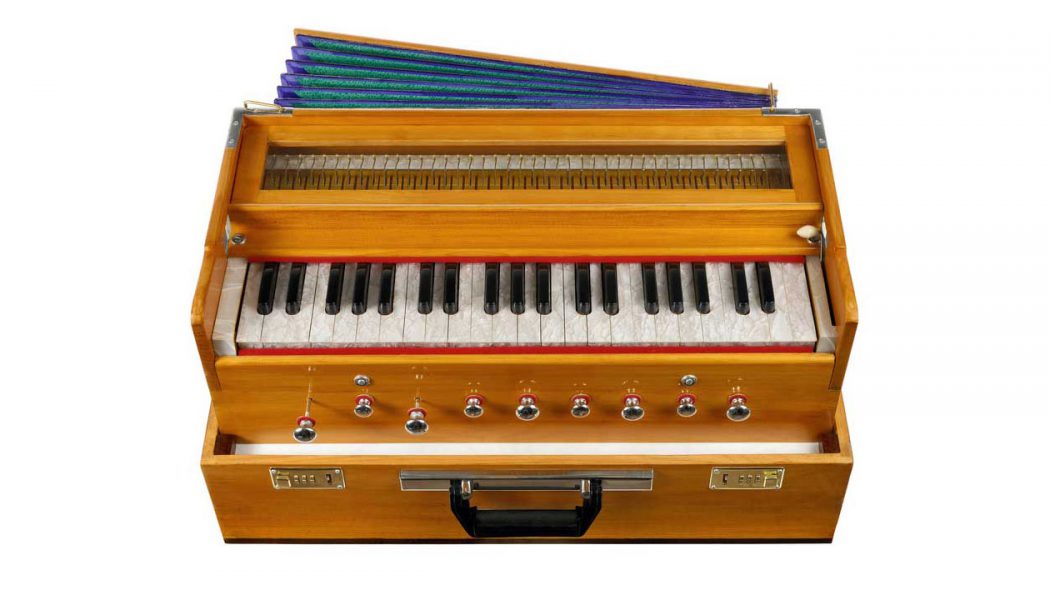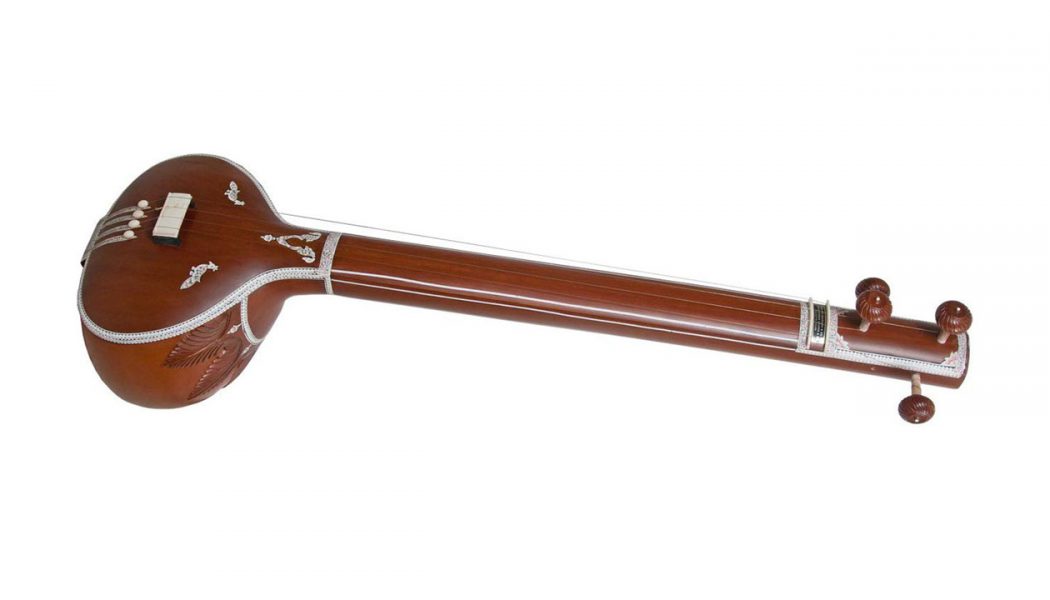Instrumental Music
Tabla
Tabla does not need an introduction to many, like Mridangam, Guitar and similar musical instruments. But there could be few who are not familiar with Tabla. This article is for them. Like Mridangam, Tabla is also having its origin from the Indian Subcontinent. Tabla is an important instrument in Hindustani Classical Music almost since the 18th Century. It is a pair of Twin Hand Drums. The name could have come from the word “Tabl” which is an Arabic word for “Drum”. The two drums of Tabla are small but of different sizes and shapes. The single header, hollow body of the drums are made of wood, clay or metal. A membrane usually leather is stretched over the open end of the body and tightened with the help of straps. The smaller drum is known as “Daya” R...
Instrumental Music – Violin Concert
Today, we are going to watch a live Violin Concert with just three instruments Violin, Tabla and Harmonium. Violin is played by Ms. Ragini Shankar, who is an Indian Violinist, performing the Hindustani Classical Music and Fusion. She started her training at age 4 and her first performance was when she was 11 years old. Ragini is a Mechanical Engineer who also holds a Master’s degree in Music. She has performed in India as well as various foreign countries on different occasions. Ragini Shankar has been trained by her renowned Violinist mother Mrs. Sangeeta Shankar and grand mother and legendary Violinist Padma Bhushan Dr. N Rajam. Her sister Nandini Shankar is also a Violinist who performs Hindustani Classical Music. It is really great to have three generations Grand Mother, Mother a...
Veena
Veena is another Plucked String Instrument belonging to the Chordophone family of musical instruments. The origin of Veena is from the Indian Subcontinent. There are different types of Veenas like Rudra Veena, Saraswathi Veena, Vichitra Veena, Gupta Veena, Kinnari Veena etc. The South Indian Veena design is a Lute. Lute is a Plucked String Instrument, which has a long Neck and having Frets. It has a rounded body with a flat front and a halved egg shape. Veena is used in South Indian Classical Music as main instrument as well as accompaniment. The North Indian Veena design which is used in Hindustani Classical Music, is a Stick Zither. The word Zither is derived from the Greek Word “Cithara” and Zither is basically a stringed instrument. Stick Zither has only one flexed end and ...
Sitar
Sitar is a musical instrument belonging to the family of Plucked String Instruments. It is widely used in the Hindustani Classical Music concerts and has an origin from the Indian Subcontinent. Plucked string instruments are played by plucking the strings – which in a way is pulling and releasing a string, causing it to vibrate. Fingers or Plectrum (Pick) can be used to pluck the string. Most string instruments belong to the Lute family. A Lute is a plucked string instrument with a neck and deep round back enclosing a hollow cavity. It will have a sound hole or opening in the body. It may be fretted or unfretted. A Fret is a space between two Fret bars on the neck of a string instrument. Frets divide the neck into fixed segments at intervals related to musical framework. Structure Th...
Flute
Flute is a wind instrument and belongs to the woodwind group of musical instruments. It is an aerophone or reedless instrument, unlike the Harmonium which also produce sound by the flow of air through an opening. Flutes are categorized as edge-blown aerophones. Aerophone is a type of musical instrument which produces sound by causing a body of air to vibrate. It does not use strings (chordophones) or membranes (membrophones) in producing the sound. Also, it does not vibrate considerably on its own (idiophones), while producing the sound. A system of musical instrument classification was devised by Erich Mortiz Von Hornbostel and Curt Sachs in 1914 called Hornbostel-Sachs or Sachs-Hornbostel. According to this classification, Flues are classified as “Edge-Blown Aerophones”. Orig...
Kanjira or Ganjira
Kanjira or Ganjira is a hand percussion instrument which belongs to the family of Drumhead instruments – Tambourines. A Drumhead or Drum Skin is a membrane stretched over one or both ends of a wooden or metallic drum. Kanjira or Ganjira is the South Indian Frame Drum mainly used as a supporting instrument for Mridangam in Carnatic Music concerts. The wooden frame, about 7 to 9 inches diameter, is made of Jack Fruit tree and Monitor Lizard skin is stretched over on one side. The depth is about 2 to 4 inches. It is also known as Dafli in North India. Kanjira is used normally as a folk Bhajan instrument over centuries in India. It has one pair of Jingles fitted on to the frame. Tambourine consists of a wood, plastic or metal frame with pairs of metal Jingles and a leather stretched and ...
Morsing or Jaw Harp
Morsing is a hand-percussion instrument used in Carnatic Music, Rajasthani music and also in Assam, Bengal and Sindh-Pakistan. It is known as Mukharshanku, Mourching also. Design The instrument is made of a metal ring which has a shape of horseshow. There are two parallel forks forming the frame and a metal tongue in the middle, between the forks. The forks are and the tongue are fitter to the horseshoe shaped ring at one end and the other end free to vibrate. The metal tongue is bent at the free end, in a plane perpendicular to the circular ring. It is stuck at the end thus making a vibration. The bent part is called a Trigger. The pitch of the instrument can be varied slightly by applying beeswax at the plucking end. The pitch can only be reduced however. Though the origin of the instrum...
Ghatam
Ghatam is one of the percussion instruments in India. It is basically a clay pot with a narrow mouth much similar to the one people use to carry water in villages. The composition of the materials used for making the Ghatam is much different from that used for making the local clay pots. In Carnatic Music concerts, Ghatam is an integral part and is played along with Mridangam. Structure and Quality It is made mainly of clay, backed with brass or copper fillings and small quantities of iron fillings to strengthen the structure as well as produce quality sound. The pitch of the sound produced by the Ghatam varies depending upon its size. A Ghatam is made specifically to be used as a musical instrument. The walls of the Ghatam must be of even thickness to produce an even tone. Ghatams are mai...
Mridangam
Mridangam, a percussion instrument, is the primary rhythmic accompaniment in Carnatic Music ensemble. According to Hindu Mythology, the origin of Mridangam is connected with Lord Nandi the escort of Mahadeva. During the Tandava dance by Lord Shiva (Mahadeva) Nandi seemed to have played Mridangam. It is also connected with Lord Ganesha the remover of obstacles. The earliest versions of Mridangam were made of hardened clay, suggesting the origin of its name from the Sanskrit words “Mrttika” and “Angam”. Mrttika means Clay or Earth and Angam means Body or Limb. Hence Mridangam means a body made out of clay. Structure A double-headed barrel-shaped drum, the present Mridangams are made out of single hollowed-out piece of wood. Normally the wood of Jack tree or Rosewood i...
Violin
Violin is a string instrument which is an indispensable item in Indian Classical Music. It is also known by the name Fiddle. It is most prominent in the Western Classical tradition as well. Violins are used from Chamber Music to Orchestras in Ensembles and also as Solo Instrument. Strings and Body A typical Violin has four strings tuned in perfect Fifths with Notes G3, D4, A4 and E5. In Musical Theory a Perfect Fifth is the musical interval corresponding to a pair of pitches with a frequency ratio of 3:2. Most violins have hollow wooden body and played by drawing a bow across its strings. The Bow is a Tensioned Stick which has hair coated in Rosin affixed to it. Usually Horse-Tail Hair is used. Rosin is a solid form of Resin obtained from Pines and other plants. Coating the Hair with Rosin...
Harmonium or Pump Organ
Today we will look at another important Musical Instrument, the Harmonium or Pump Organ. It is also called as Melodeon and is a keyboard instrument. A Harmonium is a free-reed organ that generates sound with a foot or hand pumped bellows. It produces sound as air flows past a vibrating reed in a frame. The physical characteristics of the reed like its mass, length, cross-sectional area and stiffness determines the pitch of the sound. The physical dimensions of the chamber in which the reed is fitted, the amount of air flow etc. are also important in the pitch of the sound produced. The original idea of a free reed organ is imported from China through Russia after 1750. The first Western free reed instrument was made in Denmark in 1780. The portable hand pumped Harmonium is a prominent inst...
Tamburu
Tamburu is an important musical instrument for Indian Classical Music. It is a long -necked, plucked string instrument, supporting and sustaining the melody of a singer or another instrument, while not playing melody on its own. It provides a continuous harmonic bourdon or drone. Tamburu is also called as Tanpura, Tampura, Tanpuri etc. The name itself is derived from Persian word Tanbur. The timing of plucking one cycle of four strings in a continuous loop determines the resultant sound, which is played continuously and unchangingly during the complete performance. The Raga is drawn on a sonic canvas produced by the repeated cycle of plucking the strings of a Tamburu. There are male and female Tamburu. Electronic Tamburu is also available which are very compact, producing professional and ...
